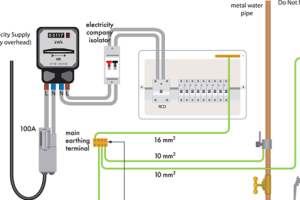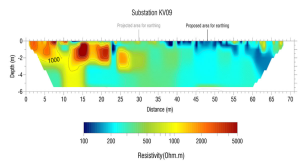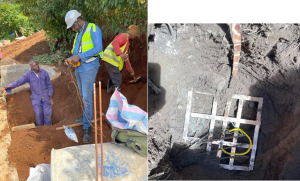Snag 1
Adequate size of the earthing conductor.
In existing electrical installations, the earthing conductor may be smaller than that required by BS 7671: 2018.
Periodic inspection and testing is carried out to determine, so far as is reasonably practicable, that the electrical installation is safe for continued service (Regulation 621.1 refers). The periodic inspection should therefore assess the safety and serviceability of the existing installation in the light of the current standard: BS 7671: 2018.
Where there are departures from the requirements of the current standard, these are recorded on an inspection schedule (in the Electrical Installation Condition Report) and given a Classification code (C1 , C2 or C3) indicating the level of danger or risk associated with such a departure.

For a new installation, the earthing conductor is required to be sized in accordance with Section 543. Also, where PME conditions apply (TN-C-S system), the size of the earthing conductor must meet the requirements of Regulation 544.1.1 for a main bonding conductor, requiring the cross-sectional area (csa) to be selected in accordance with Table 54.8 and be not less than 10.0 mm2. Additionally, where the earthing conductor is buried in the ground, such as may be the case in a TT system, the csa is to be not less than the values stated in Table 54.1 of BS 7671. It may also be the case that the distributor will have a minimum size of conductor that they require.
Where PME conditions apply, and the size of the earthing conductor is less than that required by Table 54.8 (such as 6.0 mm2 in a domestic installation due to being in accordance with pre-Electricity Supply Regulations 1988 requirements), the conductor should be checked for evidence of overheating due to PME diverted neutral currents. Where such signs of overheating exist, a Classification code C2 should be recorded.
Where an existing electrical installation has an earthing conductor smaller than that required by the current edition of BS 7671, the adiabatic equation (Regulation 543.1.2 refers) may be used to ascertain whether the csa of the earthing conductor is adequate.




